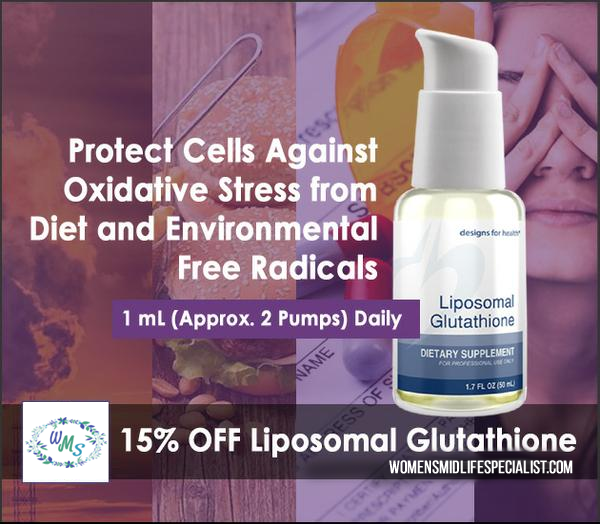What Causes Free Radical Formation and what can you do to protect cells

What Causes Free Radical Formation and what can you do to protect cells against oxidative stress from dietary and environmental free radicals?
Free Radicals form in our cells both internally and externally.
Internal sources simply mean occurring directly within the body’s cell and tissues, whereas external sources mean they are introduced into the body through our environment.
Internal Sources occur through normal bodily functions.
1. Metabolism, or energy production, within the cells. Most of the oxygen we breathe is used to produce energy. However, there is a small amount that is left over which losses electrons creating free radicals.
You do not have any control over this except to assure that your body has adequate anti-oxidants to overcome the free radicals produced during this normal metabolic process. A healthy diet should be enough for this type of free radical production.
2. Metabolism of fat, carbohydrates and proteins. Again, non negotiable. It is a bodily function, and free radicals are produced in normal bodily functions.
3. Low blood supply or lack of oxygen.
Examples that can cause this are:
a. Smoking which burns out the walls of the tiny alveolar in the lungs, where air exchange takes place.
b. Asthma exacerbations or other lung diseases
c. Heart attacks and strokes
d. Uncontrolled blood pressure (causes lack of oxygen to the smallest vessels in the body which are located in the brain, behind the eye and in the blood vessels most distal, (or farthest away from), your heart. f. Anemia or other blood disease which impairs the transport of oxygen and nutrients to all of the body.
4. Protein glycation
5. Advanced Glycogen End Product formation
External Sources – that which you are more likely to have control over (but not always.)
1. Air pollution
2. Smoking
3. AGE (Advanced Glycogen End Products), from charbroiling
4. Processed foods
5. Elevated blood sugars
6. Ozone depletion
7. Drugs – prescription and recreational
8. Excess alcohol
9. Trans fatty acids
10. Spoiled foods
11. Infections
12. Air pollutants
13. Allergies – both immediate and delayed
14. Leaky gut
15. Daily stress
16. Excessive or over-exercising
17. Toxic chemicals and pesticides (don’t forget cleaning supplies)
18. Petroleum based products
19. Toxic products found in furniture polish and paints – e.g., toluene, benzene and formaldehyde
20. PCBs - polychlorinated biphenyls – causes disturbances to the Neuro-Endo-Immune System (neurotoxic, immunotoxic and hormonal disruptors.)
21. Radiation from the sun overexposure to sunlight and prolonged exposure to x-rays
22. Heavy metals - All transition metals with the exception of copper, contains one electron in their outermost shell and can be considered a free radical. Copper, although having a full outer shell of 2 electrons, loses its electron easily and can be considered a free radical too. The following metals are, however, major free radicals creating agents in the body - mercury; calcium; aluminum; lead; chlorine; iron; cadmium.
Glutathione is one of the most powerful antioxidants produced by the body. It helps protect cells against oxidative stress from dietary and environmental free radicals as well as those resulting from normal metabolic processes.
Glutathione protects vulnerable DNA from damage, while also serving as a key factor in proper detoxification.
Recommended Use: As a dietary supplement, take 1 mL (approx. 2 pumps) and hold in mouth for 30 seconds before swallowing, or as directed by your health care practitioner.
ORDER Liposomal Glutathione Here (15% off Over 300 Professional Supplements
https://drkarenleggett.ehealthpro.com/
Balanced Nutrition. Balanced Bioidenticals. Balanced Gut.
Testing CLICK HERE
Bioidentical Creams CLICK HERE


Leave a comment